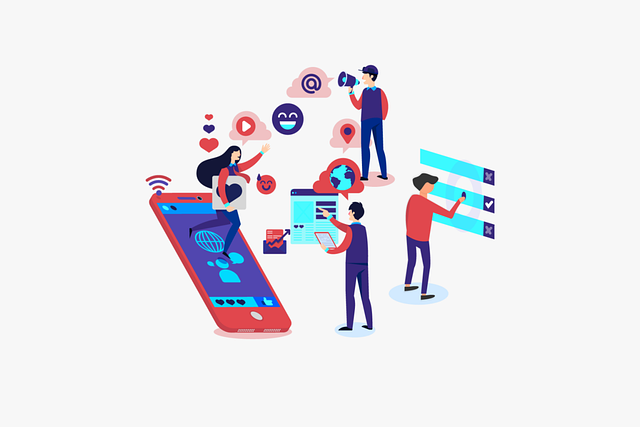
A company’s success is greatly influenced by procurement. Nearly every aspect of an organization, from manufacturing to customer satisfaction, is affected by managing the flow of materials and services, forecasting costs, and negotiating the best prices. Organizations can document this complicated workflow, from the point of need to the final payment, through the procure-to-pay process. Its objective is seamless integration of accounts payable, supply chain management, and purchasing functions.
With so many parts of the business involved in the procurement process, it’s easy for it to become bogged down and inefficient. That’s where our procure-to-pay software can come in handy; it can identify where the process is bogging down and help to more efficiently navigate it. Plus, it can check all the necessary procurement boxes, including using real-time analytics and making flexible decisions to optimize the process. This makes businesses more nimble in an era of unstable supply chains.
We’ll take a closer look at the procure-to-pay system and discuss how cloud-based procure-to-pay solutions speed up business and improve profitability in this blog.
What is the procure-to-pay process?
The cycle of procuring and accounting for the goods or services required to run a business in a timely manner and at a reasonable price is known as procure-to-pay (also known as purchase-to-pay or P2P).
Organizations can use a purchase-to-pay solution to improve their purchasing decisions and save money by documenting the procurement process and providing a system for accountability.
Level of the P2P procedure
Cost, availability, sustainability, and a wide range of other factors influence how various organizations approach the procurement process. Based on its business strategy, each organization will design its own procurement route. An illustration of a typical purchasing procedure in an organization is as follows:
Source-to-pay process
The source-to-pay process, which is often misunderstood as procure-to-pay, focuses on the initial stages of determining a need and selecting the appropriate goods or services to meet that need. The outlined steps are some of them:
Recognizing a need: Stakeholders look at what the business needs and figure out which departments will benefit from which goods or services, whether they need to be provided by an outside vendor, and what they need?
Choosing products and services: A formal purchase requisition identifies the product, service, and vendor that the manager or department wishes to utilize. The finance team begins vetting potential cost savings, selecting the best vendor, and placing the right order as a result of this.
Procurement Procedure
Order for purchase: The finance team issues a purchase order approval and places an order with the vendor for the goods and services after reviewing the details of the purchase request and concluding a contract with the vendor.
Receiving: The goods and services are received, checked to make sure the right order was sent, and then integrated into the workflow of the department that requested them, like on boarding software or sending components to the right manufacturing department. The accounts payable team receives a goods receipt verifying that the order was received in the manner specified.
Payment and processing of invoices: The received order is compared to the invoice; The vendor is then compensated. This can be accomplished through invoice matching, such as two-way matching, in which the vendor’s invoice is compared to the details of the purchase order, or three-way matching, in which the details of the purchase order, the invoice, and the delivery receipt are all compared to make sure they match before the vendor pays.
The advantages of a successful P2P process
There are numerous benefits to a procurement solution that integrates the accounting system, procurement department, and organization workflows:
Better relationships with suppliers: The foundation of a successful business is solid relationships. Being a great customer increases the likelihood that a supplier will go above and beyond in times of need and helps ensure that products are of high quality and delivered on time.
Visibility: Organizations have complete visibility into cash flow and financial commitments thanks to internal control and visibility throughout the entire purchase-to-pay cycle. It is simpler to keep track of all transactions if records are kept of them. Additionally, the data may reveal opportunities for optimization.
Effectiveness: Human mistake happens when a framework is excessively convoluted or is inside discrete offices. Centralization of the acquisition, store network and records payable cycles assists associations with recognizing ways of working on the work process and pay solicitations quicker.
Speed: E-procurement solutions and automation help companies move faster and respond more quickly to disruptions in the supply chain. By streamlining the procurement process, companies save time, free up resources, and quickly enable new supplier approvals.
Conclusion,
Hope, you like our blog and able to get the whole process of purchase-to-pay circle. Moreover, you can contact us through official website Nimbles2p and get the more information and services related p2p. So feel free to contact us.
Also Read:-
- Supply Chain Finance: An Introductory Guide
- How to Choose the Right Supplier Portal Software for Your Business
More Useful Links:-
Procurement Management Software | P2P Solution | Supply Chain Finance Software






